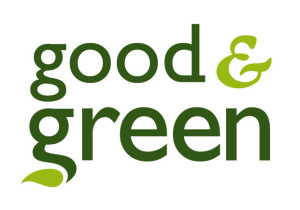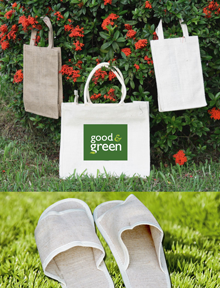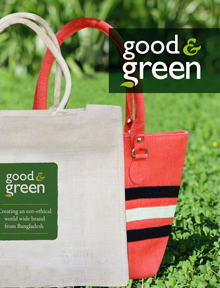 What do you do when you face the hardest problems of all? In general, we try to do one of 3 things: 1. escape 2. ignore 3. try to understand the problem and solve it.
What do you do when you face the hardest problems of all? In general, we try to do one of 3 things: 1. escape 2. ignore 3. try to understand the problem and solve it.
However, most critical problems are inescapable. There is no way out. You try to comprehend it and then fix it. Global warming and climate change is one of such kind of problems. You need to face it and find a way to fix it.
Changing the way we live, we consume, we operate can be a viable option to face this daunting challenge of mankind. And I bet on that. Unless we stop wasting, unless we start using more Eco-friendly alternative, unless we go for more green energy and energy efficient alternative no solution is going to work.
COPs are going to fail, situation is going to be more miserable and so on. So, what do we do?
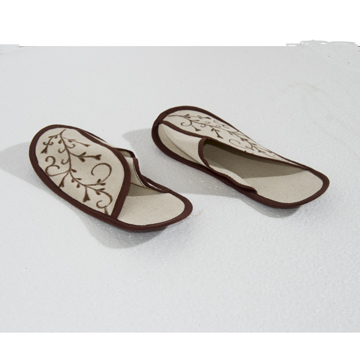
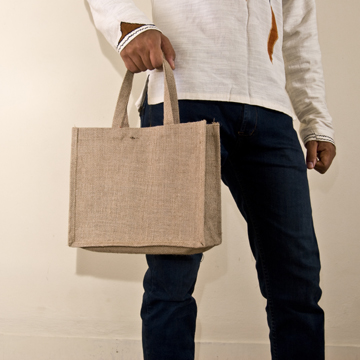 At Good & Green we bet on eco-friendly material i.e. packaging, fashion, etc. to change a bit of our consumption pattern. I understand many of these solution is not economical, and many of these solutions are not available. However, a little sacrifice for greater good is not a bad option.
At Good & Green we bet on eco-friendly material i.e. packaging, fashion, etc. to change a bit of our consumption pattern. I understand many of these solution is not economical, and many of these solutions are not available. However, a little sacrifice for greater good is not a bad option.
I’ll be taking about jute made packaging, office materials, and fashion items in this post and will try to come up with more eco-ethical alternative in next few posts.
Why jute and jute products:
1. Jute is an extremely environmental and sustainable material. Also known as Hessian, it is a rain-fed crop and cultivated without the need for any fertilizer or pesticides (therefore preserving the integrity of the land on which it is grown). Jute is a natural based plant fibre composed of cellulose and is 100% biodegradable and water resistant.
2. Jute is a long, soft, shiny vegetable fiber that can be spun into coarse, strong threads
3. It is a natural fiber with golden and silky shine and hence called The Golden Fiber.
4. It is the second most important vegetable fiber after cotton, in terms of usage, global consumption, production, and availability.
5. One can make thousands of diversified products out of jute.
6. One hectare of jute plants can consume up to 15 tons of carbon dioxide and release 11 tons of oxygen during the jute growing season (about 100 days). Carbon dioxide (CO2) emissions in the transport and milling of jute fibre also amounts to one-sixth of those generated during PP manufacture.
7. Jute enriches soil with nitrogen and organic component as large portions of leaves and roots remain with the soil. Thus jute plays a vital role in maintaining the fertility of the intensively cultivated agricultural land.
8. Production of jute and jute diversified products is considerably less polluting than its commonly used substitute i.e. polypropylene (PP) cloth. Energy use in the production of PP cloth is estimated at 84 gigajoules/ton, at least six times the energy requirement for the production of jute cloth.
Solving hard problems take work, real hard work. Switching to eco-ethical alternative might look non-economical when you first see but in long run it’s going to save our future.
